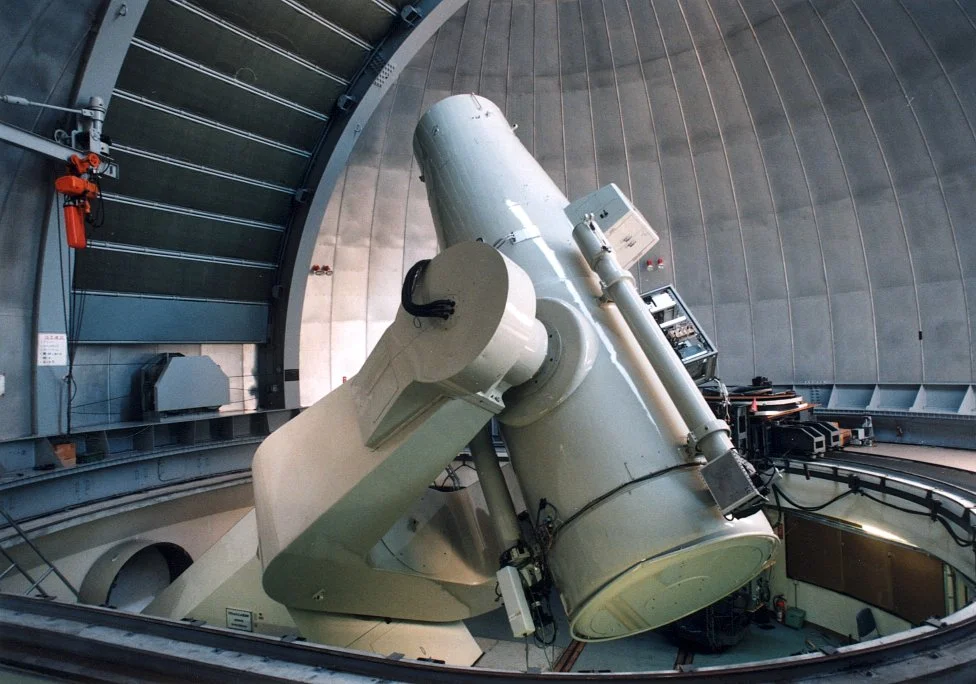On April 30, 2024, Chile inaugurated the Atacama Observatory of the University of Tokyo (TAO) at 5,640 meters in northern Chile, marking a notable achievement.
Recognized as the highest astronomical observatory in the world, TAO is set to transform our understanding of the universe.
Located on a desert mountain, it offers ideal conditions for exploring cosmic mysteries, including planet formation, galaxy evolution, and the origins of the universe.
Professor Yuzuru Yoshii, who has spearheaded the TAO project for over two decades, notes the observatory’s high altitude is key.
This elevation drastically reduces atmospheric moisture, boosting its capacity to capture infrared images.

Such capability is crucial for delving into cosmic phenomena like dark energy and ancient stars.
Professor Takashi Miyata, who oversees the construction, emphasizes TAO’s ability to effectively observe mid-infrared wavelengths.
These wavelengths are crucial for examining areas around stars, particularly where planets are forming, thus offering insights into cosmic life cycles.
Cutting-edge optics, sensors, and electronics equip TAO, positioning it to significantly impact various astronomical fields.
The SWIMS camera aims to reveal new insights into galaxy formation and black hole evolution.
The observatory also features advanced remote capabilities and high-sensitivity instruments for low-pressure environments.
These technological advancements will inspire and reshape global astronomical practices.
They herald a new era of discoveries that could dramatically change our understanding of the cosmos.

